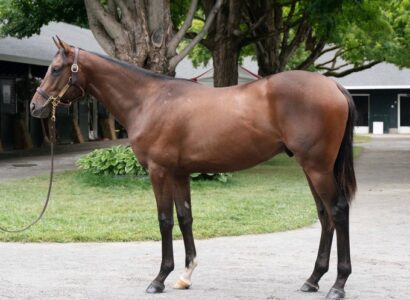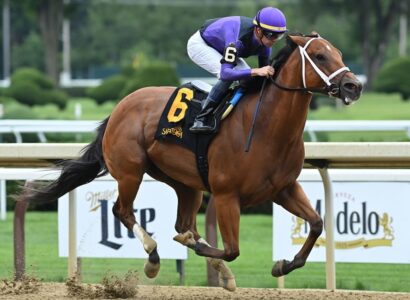Co-Founder of Ten Strike Racing Marshall Gramm, spoke at the Global Symposium on Racing in Arizona on December 4th.


Article in the Daily Racing Form…
TUCSON, Ariz. – A succession of racing analysts appearing on a Tuesday panel at the University of Arizona Global Symposium on Racing urged racetracks in the U.S. to lower takeout rates for single-race bets such as win and exacta wagers in order to reverse protracted declines in betting on horse racing.
The panelists, appearing on the opening morning of the two-day Symposium, included an economics professor specializing in wagering markets, a former top official at the New York Racing Association and the Hong Kong Jockey Club, and the head of a rebate shop. All contended that both racetracks and their customers would benefit from the reductions, while cautioning that any proposal to reduce takeout rates would need to be endorsed long-term by the largest racetracks in the country to bear fruit.
“It has to start with the industry leaders,” said Bill Nader, a former chief operating officer of the New York Racing Association who was also the executive director of racing at the Hong Kong Jockey Club for eight years, ending in 2016. “And they have to make a big leap. This will not work in isolation.”
In a larger context, the comments from the panelists could be viewed as an unusually sharp rebuke to Keeneland, the central Kentucky racetrack that drew widespread criticism from the horseplaying community earlier this year when it raised the takeout rates for its bets for the fall meet. All three panelists cited the Keeneland decision while making their remarks, with several taking particular issue with Keeneland’s justification of needing more revenue from wagering to boost purses.
“There may be short-term gains, but there are long-term losses,” said Marshall Gramm, a professor of economics at Rhodes College who is well known in the horseplaying community and who described himself in his opening remarks as “a horseplayer first, and an economist second.”
Citing statistical models he built to examine the impact of takeout rates on the amount racetracks retain from wagering, Gramm said that reductions in takeout long-term would have no statistical impact on the amount of money retained by tracks because of the impact of churn. Under the low-takeout model, because players would bet more of their winnings back into the pools, racetracks would retain the same amount of money on betting over the longer period of time, Gramm said.
To optimize the impacts of churn, Gramm and the other two advocates for lower takeout rates said that racetracks needed to prioritize single-race bets such as win, place, show, exacta, and trifecta for the takeout reductions. They also claimed that lowering or maintaining low takeout rates for multi-race wagers like the pick 4 and pick 5, along with jackpot-style bets that only pay out if there is a single winner, is counter-productive, contradicting a handful of recent decisions by racetracks. (Keeneland raised all of its takeout rates with the exception of the pick 5, which it lowered.)
“I don’t personally understand why a 15 percent takeout rate is needed on a pick 5 when it only comes out once and that money is tied up for five races,” Nader said.
Both Nader and Gramm pointed out that bettors are more likely to cash a winning bet on single-race wagers, and that they are also more likely to bet the winnings from those wagers back into the pool. As an ancillary benefit, Nader and Gramm said, racetracks should also push new horseplayers to bet on the simpler low-takeout bets in order to maximize the possibility that those players will have a rewarding experience when playing.
To read more go to DRF.com or click here





 Ten Strike Racing
Ten Strike Racing